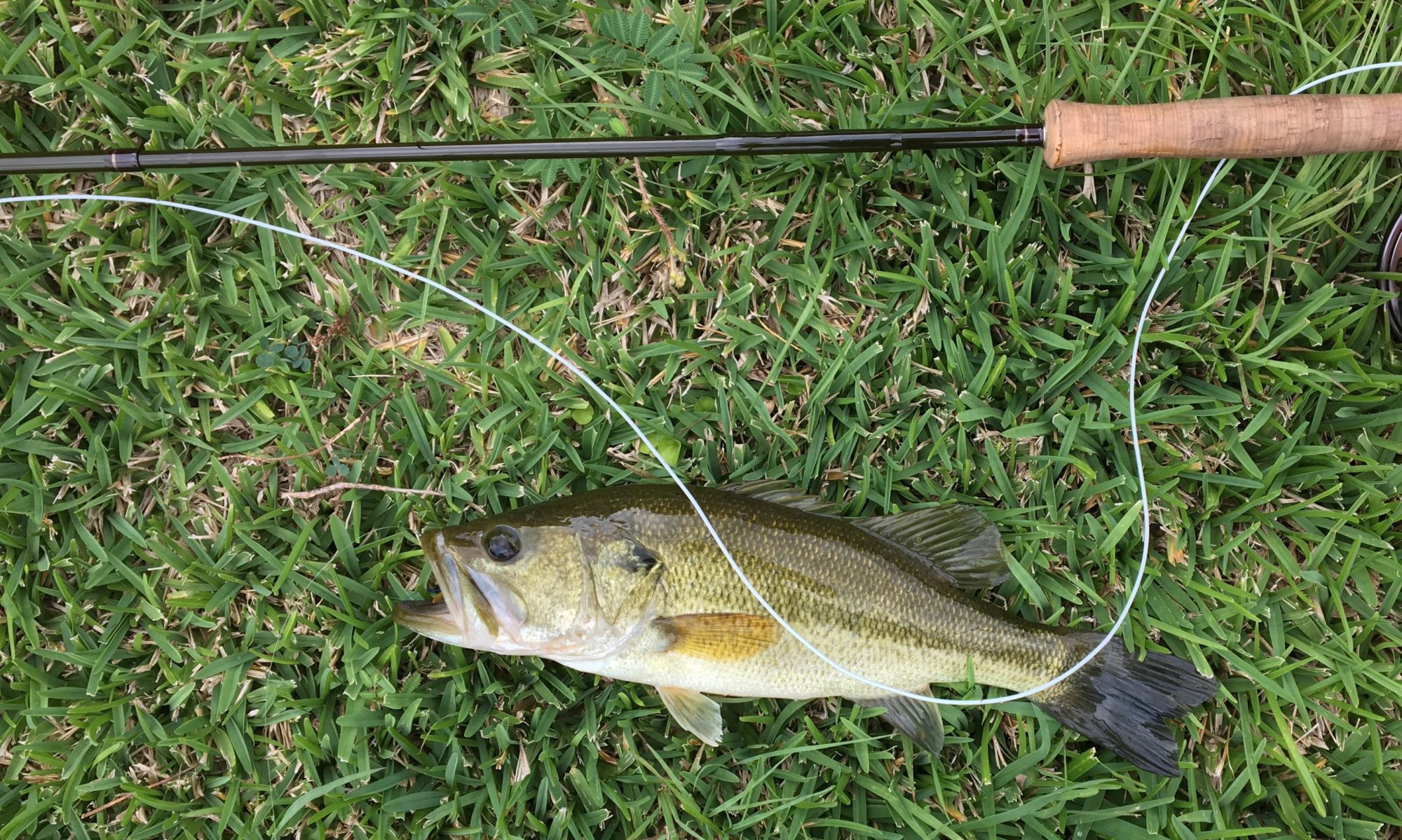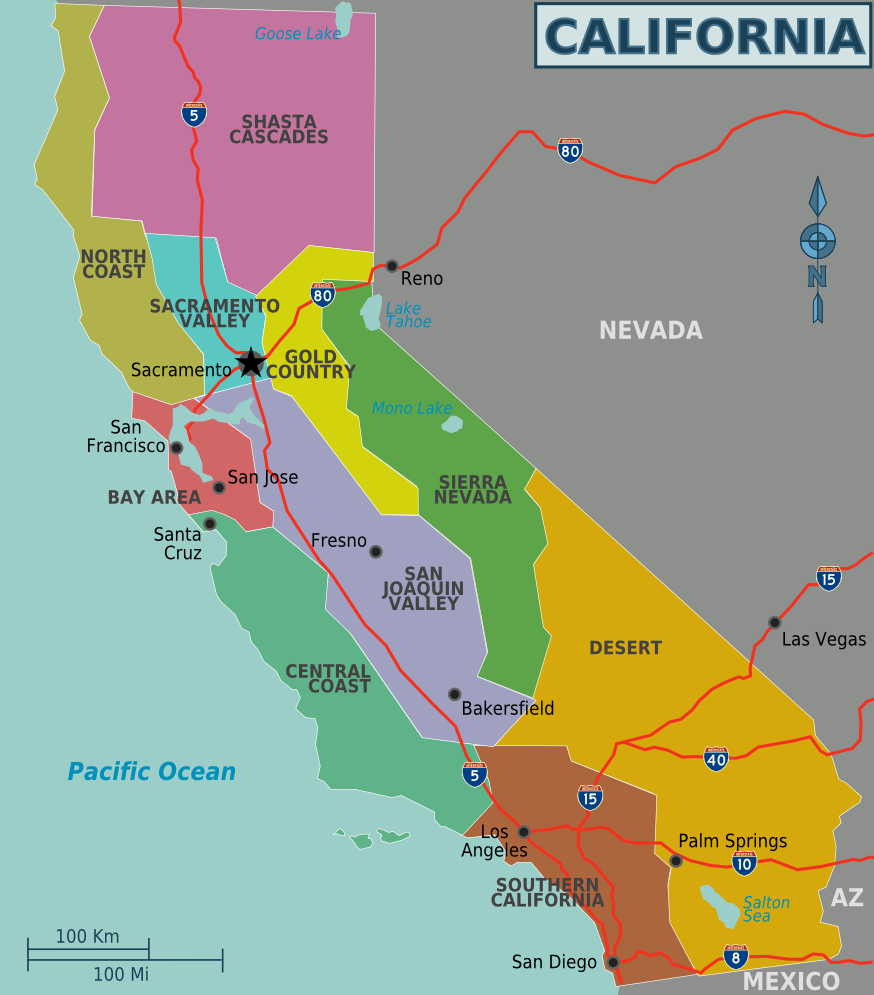
Gear
We took 5-weight rods but never used them. Our guides had rods set up when we got there, and it would have taken some work to get our rods re-rigged. They didn’t seem excited about redoing their effort.
We took waders and boots and used those the day we wade-fished on the McCloud. We also took our Patagonia wading crampons, which were designed to provide increased traction on wet rocks, of which there were plenty on the McCloud. We bought them five years ago for our trip to the Deschutes for steelhead, and that was the last time we used them. They had worked great on that trip, but had otherwise been sitting in a zip-loc bag in my closet for the last five years. I used mine on the McCloud, and they helped. The straps on Kris’s broke, so hers are now useless. They were a good idea, but heavy and klunky. I don’t think Patagonia makes them any more.

Northern California
The Mount Shasta region of Northern California may be the strangest place I’ve ever been. There’s plenty of stuff going on, but it doesn’t necessarily sync well. There’s skiing in the winter, fly fishing, biking, hiking, bird-watching, radical right-wing separatists, libertarian marijuana farmers, and survivalists. The town of Mount Shasta sports something like 30 new-age businesses, a lot of cute old tourist motels, and the only combination liquor store-fly fishing shop I’ve come across.
There are weekend tourists from San Francisco who have strong opinions about wine lists, and State of Jefferson separatists who want the San Franciscans to go back where they came from. The separatists took over the town government of Redding when the City commissioners tried to impose mask regulations during Covid. This is the land for which God made Subarus, and also a land of Trump flags, which just about sums up its schizophrenia. It’s mostly white folk, too, so you’d think that everybody would be driving around in a new BMW calling each other Skipper, just like God intended.

June Yu, Lenticular cloud formation at Mount Shasta, 1918. Cloud formation? Not on your life. This is actually a photo of the Lemurians blasting into outer space.
Mt. Shasta juts up in the middle of things. It’s out of place and a bit out of line with the other West Coast volcanoes in the Pacific Ring of Fire. There is a debunked geological theory from the mid-19th century concerning the lost continent of Lemuria, so named because it explained the distribution of lemurs on the surviving continents and on Madagascar. Madagascar was thought to be a remnant island fragment of the sunken continent.
Here’s most of what you need to know about sunken continents. Because of the relative density of continental crusts, they won’t sink. They may move around some, but sinking ain’t in it. Of course this is likely one of those fake facts expounded by so-called scientists. Now back to Lemuria.
Lemuria was either in the Pacific or Indian Oceans, depending on who you talk to. Disappearing continental crusts have long been the very thing, Atlantis being the most popular, but Lemuria was right up there, or right down there as it were.
Way down below the ocean Where I wanna be, she may be Way down below the ocean Where I wanna be, she may be Way down below the ocean Where I wanna be, she may be "Atlantis," Donovan Leitch, 1968


Watkins, Carleton E., Mt. Shasta, California, 1870-1880, albumen print, Library of Congress; Denney, Ewen, Aerial photo of Mt. Shasta, 2006, Wikipedia.
Little known fact: humans are descended from the Lemurians, who, realizing their continent was sinking, decamped to Mount Shasta and started a new, self-sustaining civilization inside the mountain. They’re still there. Plenty of locals run into them out in the woods around Mount Shasta–you can always spot a Lemurian because of their height, their long, flowing hair, white robes, and sandals, presumably Birkenstocks. We didn’t happen to spot any Lemurians while we were there, but I reckon we could have bought a crystal that would have helped us communicate. I bet you could too.
Some folks say that the Lemurians are from outer space, but the better information is that the outer space visitors–and the area around Mount Shasta is chock-full of UFOs–are Lizard People, who also come and go from Mount Shasta. Apparently there’s no problem with Lizard People/Lemurian cohabitation inside Mount Shasta, though that sort of thing is generally frowned upon most places, so don’t be surprised if you see them strolling along together out in the woods, long thin hand in sharp scaly claw.

Google Earth.
Mount Shasta really is the strangest thing. There it is, all 14,179 feet of it, dominating the measly 3,000-foot terrain that surrounds it. It’s so disproportionate to everything around it that you can’t help checking from time to time just to make sure you didn’t imagine it. Wallace Stevens got it wrong. That jar was placed atop a hill in Shasta County, California, not Tennessee, right on top of Mount Shasta.

I don’t know why the State of Jefferson separatists include two XXs in their Great Seal. Maybe that’s how they sign their name.
Hotels and Restaurants
We stayed in the Fall River Hotel in Fall River our first night in California. We split a chicken fried steak at the hotel restaurant, which suggested OklaTex depression origins for Fall River’s high cusine. There’s also a bar, and it’s a good looking bar. In the bar there were locals drinking whiskey or beer or something else manly but making sure I knew it was not Bud Light. I started to order a Bud Light and join them, but we went driving around instead. We saw the falls, we found where we were supposed to meet the guide the next morning, and we stopped at the grocery store and bought a couple of beers. Neither beer was a Bud Light. I’m comfortable with my masculinity so I keep meaning to drink one, but I’m not a light beer drinker and keep forgetting.
Actually, the grocery store, Rays Food Place, was my favorite place in Fall River. We went twice, and it had everything I might have wanted and good conversations to boot. Folk were immensely friendly, both the staff and other customers, and it may offer the town’s best nightlife. The next day our fishing guide brought us sandwiches from there for lunch on the river, and they were outstanding, which is hard to do with a sandwich. For breakfast, however, I’d recommend Annie’s Rendezvous Cafe. I’m not sure I’d recommend its Table of Wisdom, though. That looks like a place you can only aspire to.


Both Annie’s and the Fall River Hotel were for sale. I’m betting they still are. It may not be the liveliest of towns, but it’s still one of the prettiest rivers I’ve ever fished.
The next two nights we stayed in McCloud, 40 miles to the west and much closer to Mount Shasta. It’s not far off of I-5 that runs up the West Coast from San Diego to Seattle, so it gets more of the San Francisco tourist trade than Fall River. We stayed at the McCloud Hotel–McCloud River, Town of McCloud, McCloud Hotel. . . There seems to be a theme here, but the funny thing is that nobody is really certain about who McCloud was. He may have been a Hudson Bay Company trapper named McLeod, but if he was, folks didn’t spell very well.

The hotel was a charming old place, laid out kinda rambling and ramshackle, but it was very well maintained and pretty. I think we got some kind of suite, because we had a couch and a couple of armchairs in the room, and a huge bath tub, more of a hot tub really, right in the middle of the bedroom floor. I’ve seen these kinds of tubs other times in other places, and I figure they’re supposed to have something to do with romance. This one would likely have taken a couple of hours just to fill, which in my mind would have killed the mood. I actually think this one was there just because they had a big empty space that they didn’t know what else to do with.

Both nights we stayed in McCloud we ate at the restaurant in the hotel, the Sage, and it was the kind of ubiquitous new-American cuisine that now seems to be everywhere. I guess it’s the new comfort food. We ate there the second night too because I wanted wine after clambering around the river all day, and I don’t drink and drive. It was very good and easy to get to. Plus I liked the wait staff.
In Sacramento our flight out was at 6:30 the next morning, so we stayed in an airport hotel. It’s something I’ve taken to doing. I book an early flight, turn in the rent car the night before, then use an airport hotel shuttle to get back and forth from the airport. I’m terrified of missing planes, and usually show up the recommended two hours in advance. If nothing else I figure that if I show up really early, there’s less chance of the airline losing my luggage. So far it’s worked. The weird thing about Sacramento airport hotels is that they’re pretty far from the airport, clustered together about nine miles away. It must be one of those California things.
The indigenous cuisine of Sacramento is sushi. We picked a random strip mall sushi joint close to our hotel but far from the airport, and it was fine.

Our flight back had a connection in Las Vegas. The only place I’ve been in Las Vegas is the airport, when I’ve had a connection to someplace else. The airport makes me glad that I’m not a gambling man.

Ticks
Our guide on the McCloud warned us to check ourselves for ticks, and we did. This is not a euphemism. Fortunately waders are a pretty good tick deterrent.

You can tell this is me and not a Lemurian because I’m not wearing sandals.


































